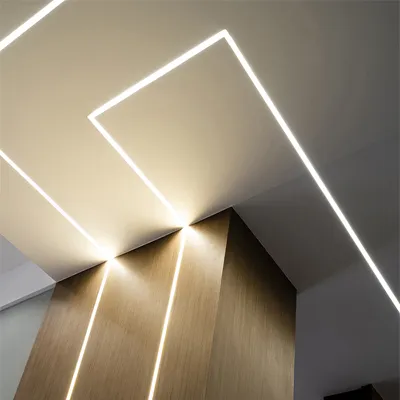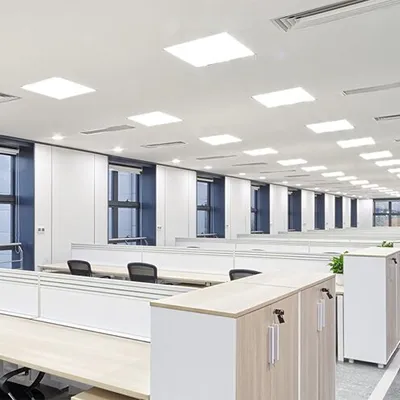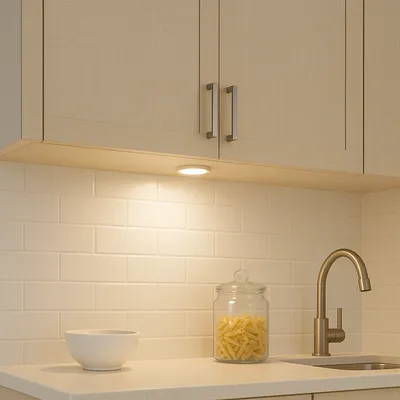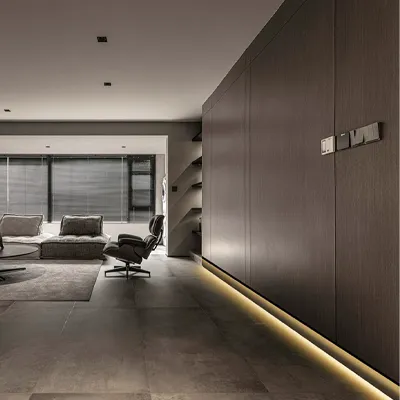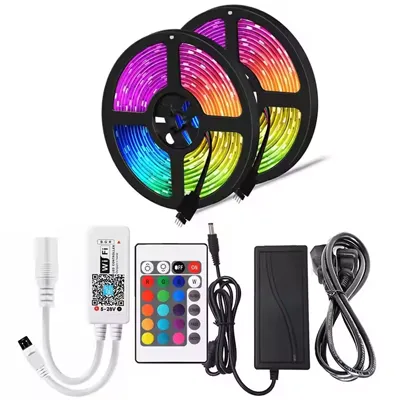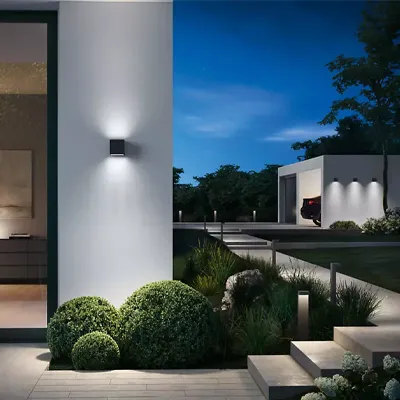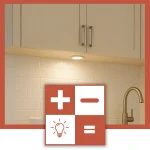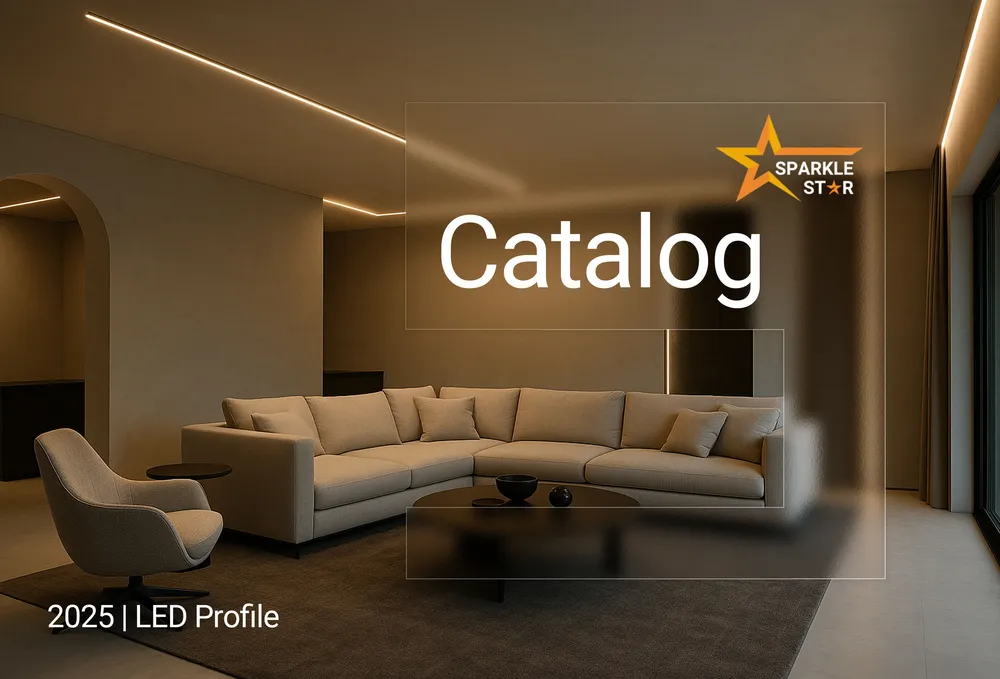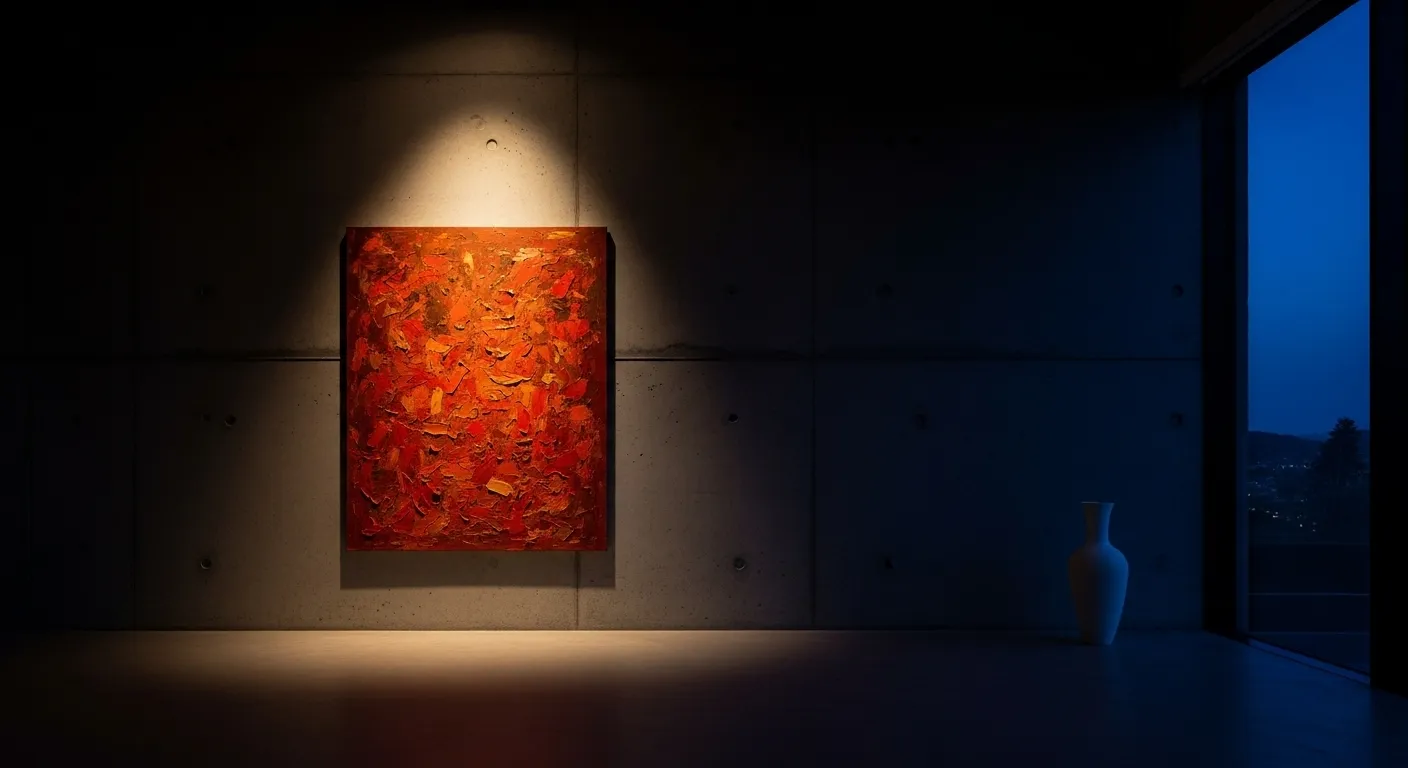
Selecting the right reflector bulb is often a point of confusion, especially when faced with technical codes like PAR38 and BR30. These terms are a legacy from an older era of lighting, yet they define the modern LED bulbs used in homes and businesses today. The choice in the PAR38 vs. BR30 comparison is not about which is better, but which is the correct tool for a specific task. This guide delivers a clear, technical comparison to ensure you make the right decision, whether your goal is soft ambient light or a powerful, focused beam.
PAR vs. BR Bulbs: The Main Differences
Before comparing specific models, it is crucial to understand that the terms PAR and BR are holdovers from the incandescent era. They describe the physical shape and historical function of the bulb's reflector. While modern LED technology uses advanced internal optics rather than simple reflectors to control light, these legacy shapes are maintained for market familiarity and to ensure compatibility with millions of existing fixtures.
This fundamental difference in design philosophy is summarized below.
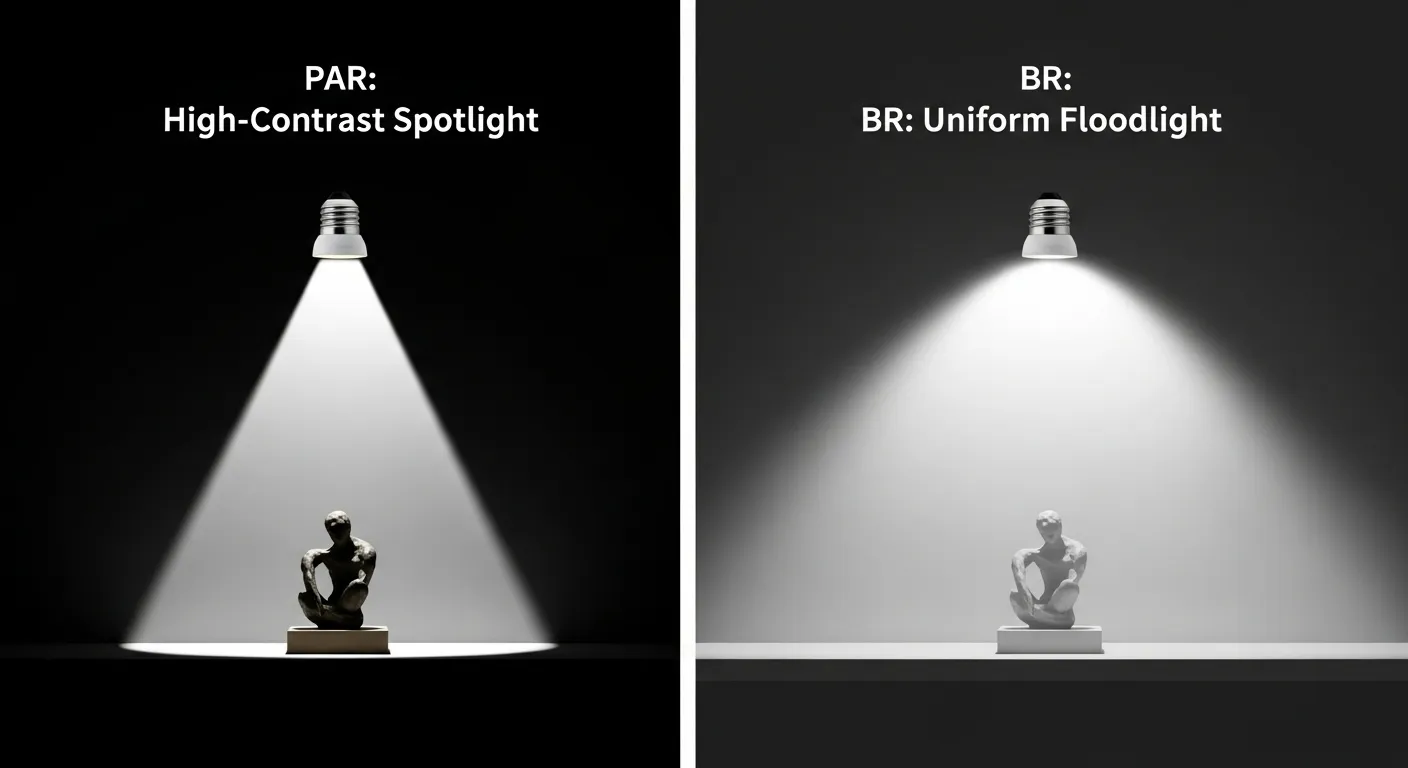
Feature | PAR (e.g., PAR38) | BR (e.g., BR30) |
|---|---|---|
Light Type | Spotlight | Floodlight |
Beam | Directional & Focused | Wide & Diffuse |
Best For | Focus & Distance (High Ceilings, Outdoors) | Area & Ambiance (General Room Lighting) |
What Do the Bulb Names Mean?
The alphanumeric codes on these bulbs are not arbitrary; they follow a consistent industry standard that defines the bulb's original design and its physical size.
- PAR: This stands for Parabolic Aluminized Reflector. In its original design, the bulb used a precision-engineered parabolic shape, much like a vehicle headlight, to collect light and project it forward in a highly controlled, collimated beam.
- BR: This stands for Bulged Reflector. This design features a distinct bulge in the reflector wall. The purpose of this shape was to capture more light that would otherwise be trapped in the fixture, redirecting it into a wide, soft-edged pool of light for general illumination.
- The Numbers (38, 30, 40): This number indicates the lamp's face diameter, measured in one-eighth (1/8) of an inch. For example, a PAR38 bulb has a diameter of 38/8, which equals 4.75 inches.
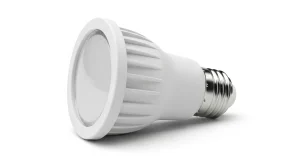
PAR38
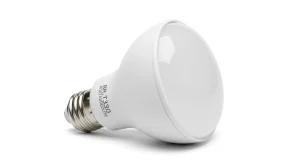
BR30
An Important Note on Modern Technology
While these names describe the bulb's history, it is essential to recognize that LED PAR and BR bulbs operate differently. LEDs are naturally directional and do not require a large reflector. Today's beam control is achieved through sophisticated optical systems, such as a single Total Internal Reflection (TIR) lens or an array of individual lenses, which shape the light with far greater precision. The legacy PAR and BR form factors are maintained primarily to ensure a direct, screw-in fit for the vast number of existing recessed cans and track fixtures.
Comparing PAR and BR Bulbs
While both PAR and BR bulbs fit a standard E26 socket, their performance characteristics are engineered for entirely different purposes. The choice between them depends on a technical understanding of how they shape and deliver light.
Beam Angle
The single most critical difference between these bulbs is their beam angle. This property dictates how light is distributed and is the primary determinant of the bulb's function.
- PAR Bulbs produce a narrow, controlled beam, typically less than 45 degrees. This focused beam gives the lamp superior "throw," meaning it can project usable, high-intensity light over a greater distance. This makes it a directional flood or spotlight, designed to illuminate a specific target.
- BR Bulbs are engineered to be wide-area floodlights. Their beam angle is exceptionally broad, often 90 degrees or wider. This creates a vast, even wash of light, making it an area flood designed to illuminate an entire room from a relatively short distance.
Light Quality
The beam angle directly impacts the aesthetic quality of the light, particularly the transition from light to shadow.
- A PAR bulb's focused beam creates a pool of light with a "hard-edged" boundary. This results in crisp, defined shadows, an effect that is often sought after in accent lighting to create drama and visual interest.
- A BR bulb's wide, diffuse beam produces a "soft-edged" light. The transition from the illuminated area to the surrounding space is gradual, which minimizes shadows and creates a comfortable, low-contrast environment ideal for general ambient lighting.
Bulb Size and Shape
The physical dimensions of these bulbs dictate which fixtures they will fit.
Bulb | Diameter | Typical Fixture Compatibility |
|---|---|---|
BR30 | 3.75 inches (95mm) | Standard 4-inch recessed cans |
PAR38 | 4.75 inches (120mm) | 5-inch or 6-inch recessed cans, outdoor flood holders |
Beyond diameter, their profiles differ. BR bulbs are generally taller with a bulged shape. PAR bulbs are often shorter with a flatter face, allowing them to sit higher inside a fixture, which can reduce direct glare.
Pro Tip for Installers
For applications requiring a smaller spotlight, such as track lighting, consider the PAR30 bulb. It is important to note that PAR30s are available in both "short neck" and "long neck" variations. Short neck versions are standard for most track heads, while long neck versions are better suited for deeper recessed can fixtures where the bulb face needs to be closer to the opening.
Applications of PAR & BR Bulbs
Effective lighting design often involves using both bulb types in different areas to create layers of light. Understanding the correct application for each is key to a professional result.
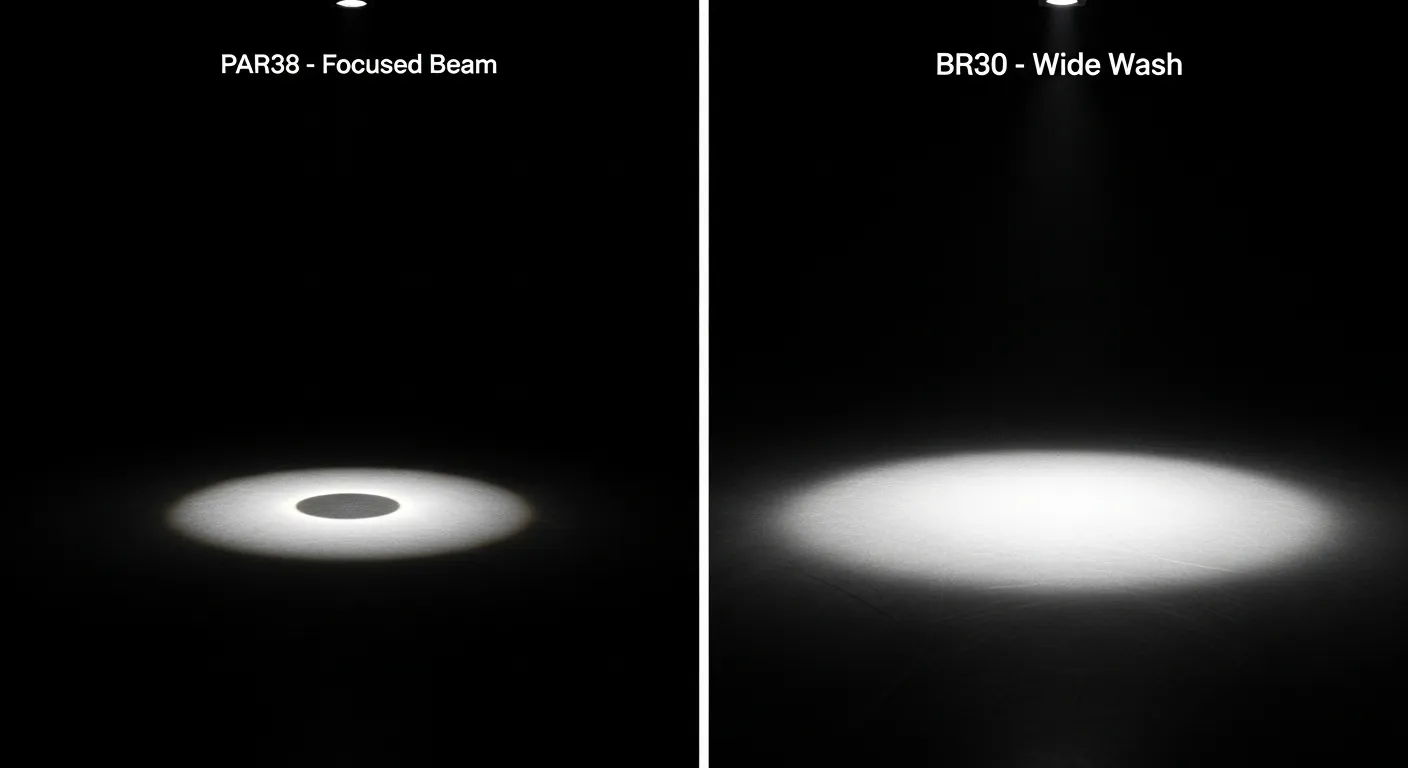
PAR Bulb Applications
The focused power of a PAR bulb makes it the ideal tool for specific, demanding tasks.
- High or Vaulted Ceilings: In rooms with ceilings over 10 feet, the wide beam of a BR bulb dissipates before reaching the floor. The superior "throw" of a PAR38 is essential to project effective illumination downwards.
- Outdoor Security & Landscape Lighting: The PAR38 is the industry standard for outdoor use. It combines a powerful, directional beam with robust, often wet-rated construction that can withstand direct exposure to the elements. For these applications, explore our range of Outdoor Lighting solutions.
- Track & Accent Lighting: Track systems are designed for precise, aimable light. The controlled beam of a PAR bulb is perfectly suited for this, serving as the "task" or "accent" layer in a design to highlight artwork or workspaces. See our professional Track Lighting systems for compatible options.
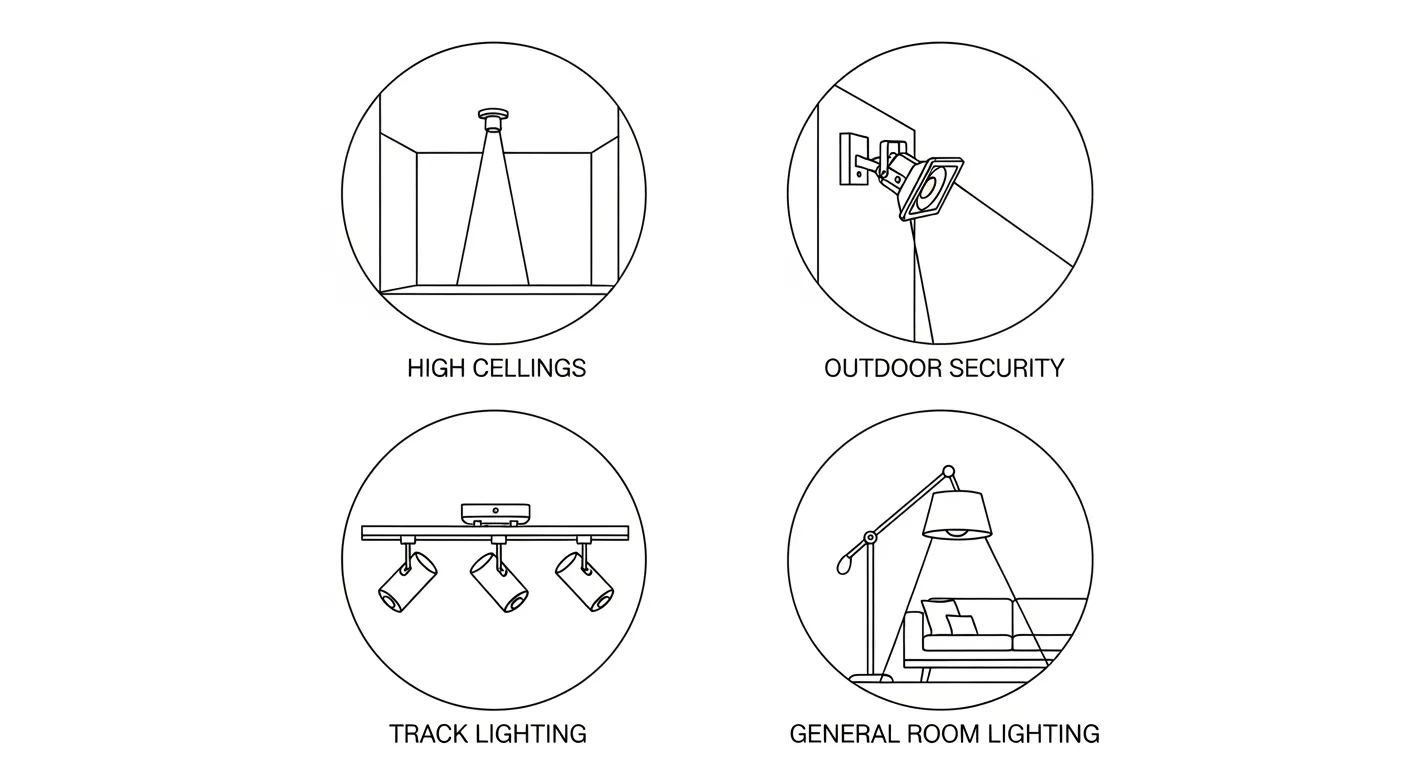
BR Bulb Applications
The BR bulb excels at creating comfortable, uniform illumination for everyday living spaces.
- General Room Lighting: For rooms with standard 8 to 9-foot ceilings, the BR30 is the superior choice for recessed cans. It provides the "ambient" layer of light, filling living rooms, bedrooms, and basements with a soft, even wash.
- Kitchens & Hallways: Kitchens and hallways require consistent, even light for safe navigation. A BR30 bulb excels here, casting a wide, soft beam that reduces harsh shadows from cabinets and corners. This prevents visual "dead zones" where trip hazards can hide. A PAR bulb, in contrast, would create an uneven pattern of intense light and deep shadow, compromising safety.
Common Questions Answered
1. Can I use a BR30 bulb in a PAR38 fixture, or vice-versa?
This is not recommended. While they may share the same E26 base, a lighting fixture is a complete optical system. Using the wrong bulb type will misalign the light source with the fixture's internal reflector and trim, leading to poor performance and glare. For safety and intended results, always match the bulb type to the fixture's specifications.
2. For a kitchen, what is the best lighting setup?
A layered approach using both types is best. Use BR30 or BR40 bulbs in general recessed cans to provide wide, ambient light across the entire room. Then, use more focused PAR20 or PAR30 bulbs in pendants or track heads directly over countertops and islands. This provides bright, targeted task lighting for food preparation, free of shadows.
3. What is the difference between a BR30 and a BR40 bulb?
The primary difference is size and intended application. A BR30 (3.75-inch diameter) is the standard for 4-inch and some 5-inch recessed cans in rooms with standard 8-9 ft ceilings. A BR40 (5-inch diameter) is a larger bulb designed for 6-inch recessed cans, and its wider lens provides better light coverage in spaces with higher ceilings (10 ft or more).
Conclusion: Which One Is Right For You?
The choice between a PAR38 and a BR30 bulb is ultimately a technical decision based on your specific lighting objective. It is not a matter of which bulb is superior overall, but which is the correct, specialized tool for the job.
To make the right choice, recall the core principle:
- Choose a PAR bulb when you need Focus & Distance. Its narrow, powerful beam is the professional's choice for accent lighting, task lighting from high ceilings, and durable outdoor illumination.
- Choose a BR bulb when you need Area & Ambiance. Its wide, soft wash of light is ideal for creating comfortable, even, and low-glare ambient lighting in most indoor residential spaces.
For professional-grade lighting solutions tailored to your project, explore our comprehensive range of Track Lighting, Outdoor Lighting, and Commercial Lighting systems. If you require further assistance or a detailed lighting plan, our team of experts is ready to help.


